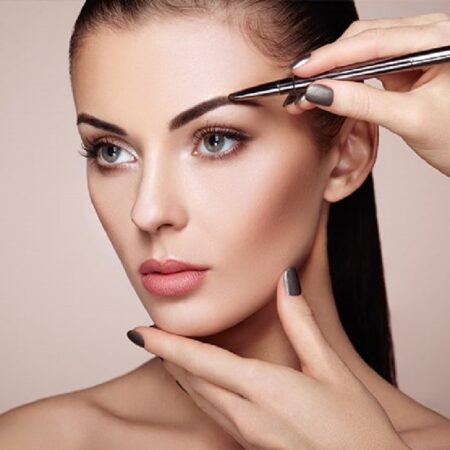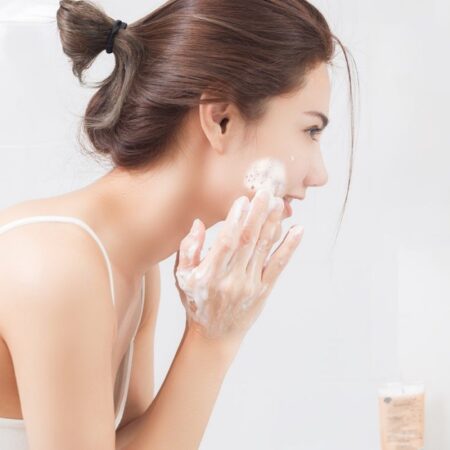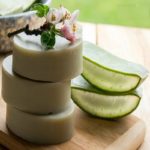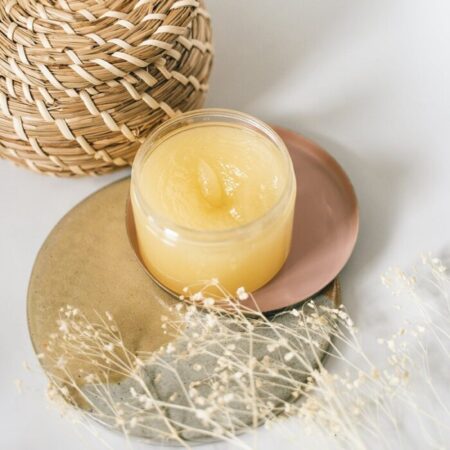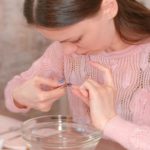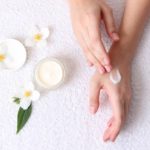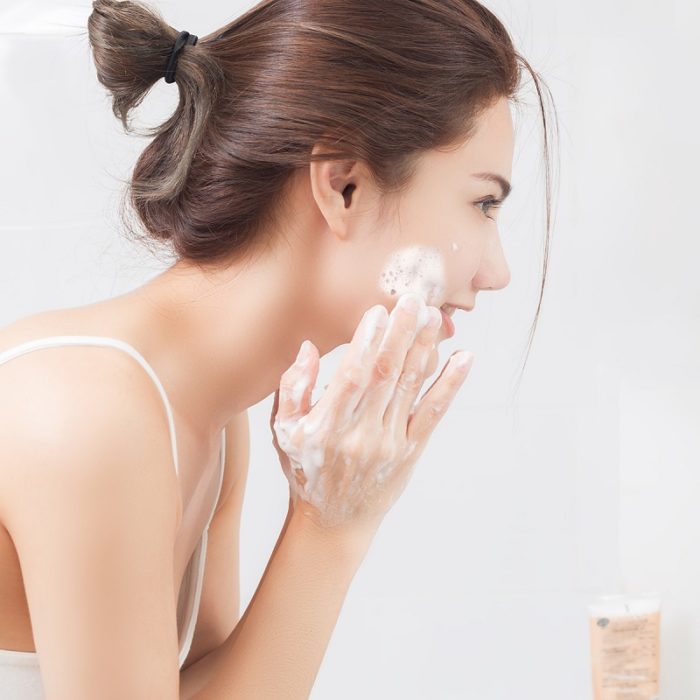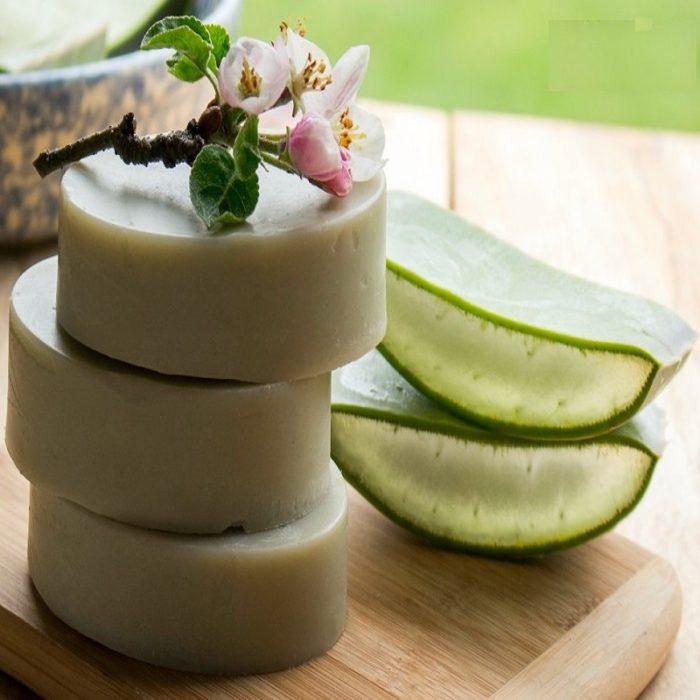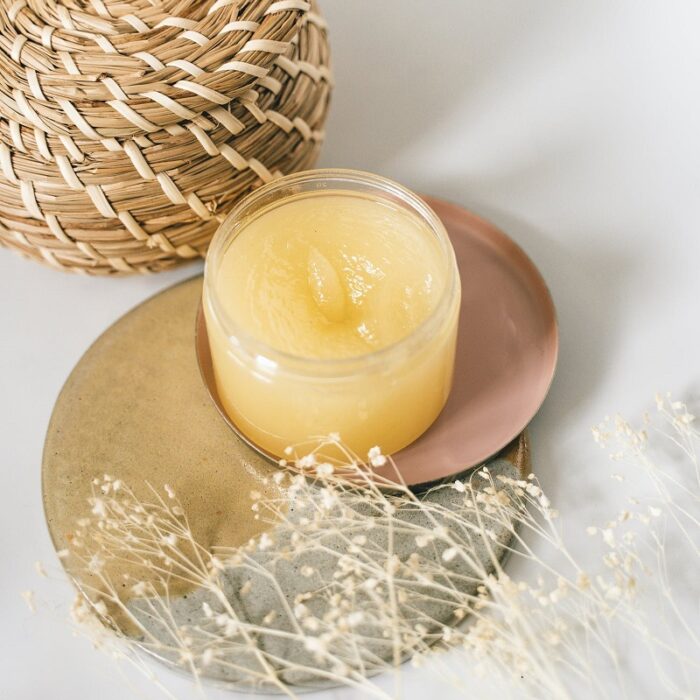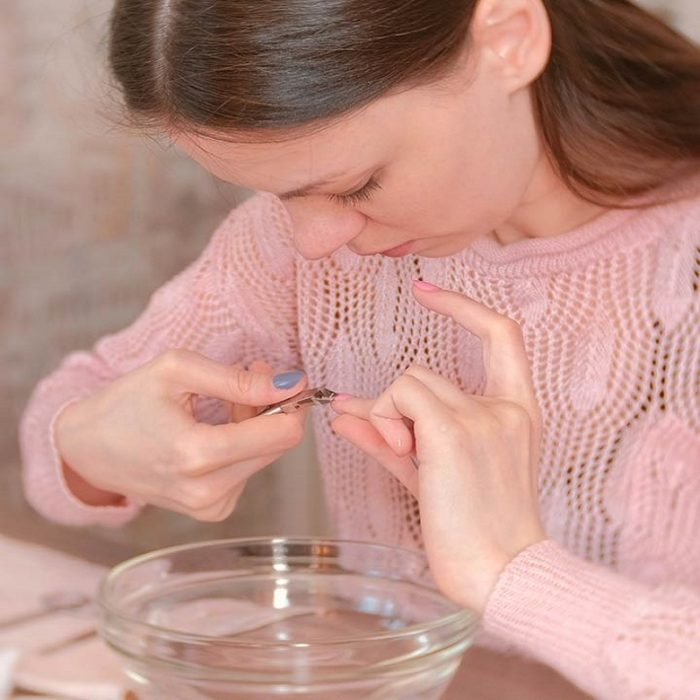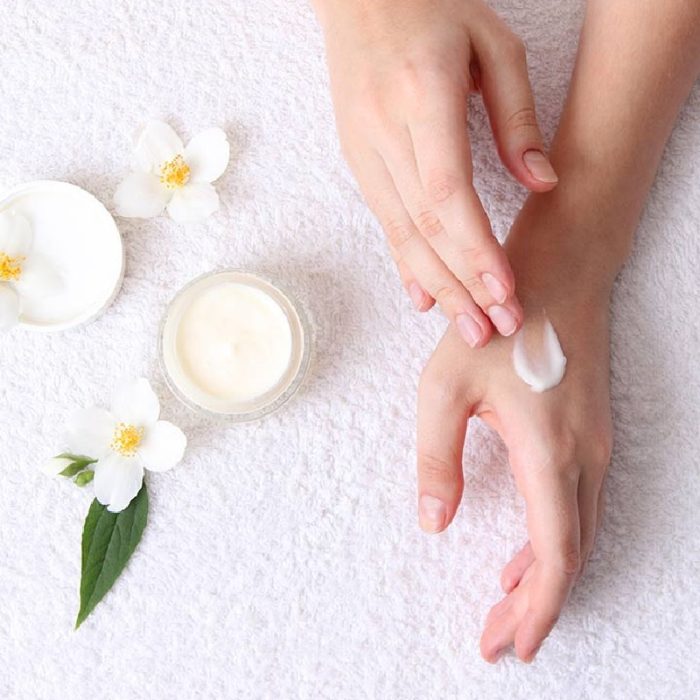DIY Peel-Off Masks: Benefits And Easy Recipes
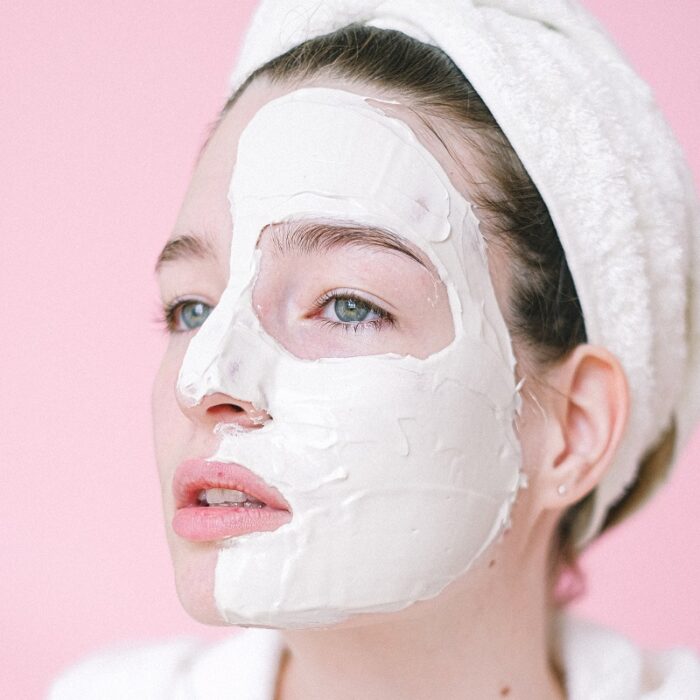
You can never go wrong with a facial mask, especially if it is a DIY peel-off mask. Whether you are dealing with uneven skin texture or want to get rid of blackheads or calm your skin down, peel-off masks can do it all. The best part – you can whip up one at home with all-natural, easily available, and skin-loving ingredients from your kitchen. You can tailor them to your specific skin needs and let them take care of your skin care struggles. Keep reading to know more about DIY peel-off masks, their benefits, and recipes for different skin types.
In This Article
- What Is In A DIY Peel-Off Face Mask?
- DIY Vs. Commercial Peel-Off Face Masks: Which One Is Better?
- DIY Peel-Off Face Mask Recipes For Different Skin Types
- DIY Peel-Off Masks Recipes For Oily And Acne-Prone Skin
What Is In A DIY Peel-Off Face Mask?
DIY peel-off masks contain a gel or paste-like substance that sticks to the skin, dries, and can be peeled off easily. Some of the common base ingredients used in DIY peel-off masks include:
- Non-Toxic Glue
This is a common ingredient in DIY peel-off masks and is used as an adhesive to help to trap skin impurities. It is easy to peel out at one go. You can use latex-free skin glues used for face painting and face art design.
- Gelatin
Gelatin hardens on the skin and is easy to peel off than glue. It is less harsh than glue and can be easily washed off with water, making it hassle-free. However, gelatin is made from collagen extracted from animal bones and connective tissues and may have a foul smell.
- Egg White
Egg white-based masks are the gentlest, albeit the messiest form of peel-off masks. Applying them can be challenging. Usually, you have to apply a layer of egg white, followed by a piece of thin tissue paper, and then keep layering the egg white and tissues. It can be easily peeled away after drying.
Since we are talking about ingredients that peel-off masks contain, let us look at the ingredients you should avoid when making a DIY peel-off mask or buying one commercially:
- Do not use strong glues such as superglue as these can damage the skin.
- Choose glues that are certified as non-toxic.
Now that you have a basic understanding of the basic ingredients for a peel-off mask, let’s look at the benefits of DIY peel-off masks.
Are Peel-Off Masks Good For Your Skin? What Are The Benefits?
- There are multiple benefits of using DIY peel-off masks:
- The base ingredient helps remove the dead skin cells and buildup from the skin.
- You can easily customize the ingredients as per the skin issue you may have.
- They give an immediate tightening effect and help minimize the appearance of pores.
- They soak up excess oil without causing excessive dryness.
- DIY peel-off masks are a cost-effective way of cleansing the skin easily at home.
This brings us to the next most important question: are commercial masks worth it? Why should you go the DIY way? Scroll down to the next section for the answer.
DIY Vs. Commercial Peel-Off Face Masks: Which One Is Better?
| COMMERCIAL MASK | DIY MASKS |
|---|---|
| They often contain harsh chemicals such as polyvinyl alcohol (PVA), artificial colors, and preservatives, that can irritate or damage sensitive skin. | DIY masks contain natural ingredients that are gentle on your skin. |
| There is no room to customize the mask as per your needs. | You have the freedom to choose ingredients as per your skin condition and needs. |
| They are formulated and tested in a controlled environment and contain beneficial ingredients that you cannot find easily or incorporate yourself into your DIY formula. | They are gentler and may not be as effective as commercially-made masks. They take time to show results. |
Ultimately, it boils down to your preference, skin needs, and ease of use. If you have been using commercial face masks and your skin loves them, you do not need to banish them from your routine. Once in a while, you can give your skin a break and try out natural ingredients.
On the other hand, if your skin is sensitive to cosmetics, preservatives like parabens and triclosan, and other synthetic ingredients, it is better to use DIY peel-off masks. In the next section, we have shared a few recipes you can try at home.
DIY Peel-Off Face Mask Recipes For Different Skin Types
Before we jump into the recipes, make a note to select ingredients that suit your skin type to prevent an allergic reaction.
DIY Peel-Off Masks Recipes For Oily And Acne-Prone Skin
1. Honey And Turmeric Peel-Off Mask
Turmeric contains curcumin, which helps reduce inflammation and tackles skin infections. Coconut oil has moisturizing properties, while honey has antibacterial benefits. Witch hazel is beneficial for oily skin. It helps control excess oil and reduces inflammation (1), (2), (3), (4).
You Will Need
- 3 teaspoons of coconut oil
- 3 teaspoons of witch hazel
- ½ teaspoon of Manuka honey
- A pinch of turmeric
- 2 teaspoons of unflavored gelatin powder
- 1 tablespoon of warm water
Steps To Follow
- Mix gelatin powder and water and microwave it for 10 seconds.
- Take it out and stir until the gelatin powder dissolves. Let it cool down and thicken.
- Mix the rest of the ingredients with gelatin.
- Once the mixture cools down, apply it to clean and dry skin with a soft brush.
- Leave it on for 15-20 minutes and gently peel off the mask.
2. Honey And Tea Tree Oil Peel-Off Mask
Tea tree oil helps improve mild to moderate acne, while honey increases the antibacterial activity of the mask (5).
You Will Need
- 1 tablespoon of unflavored gelatin powder
- 1 tablespoon of Manuka honey
- 2 drops of tea tree oil
- 2 tablespoon warm water
Steps To Follow
- Microwave gelatin powder and water for 10 seconds.
- Take it out and stir until the powder dissolves.
- Let the mixture cool down and thicken.
- Mix all the ingredients and stir well.
- Apply the mixture to clean and dry skin with a soft brush.
- Leave it on for 15-20 minutes and gently peel off the mask.
3. Activated Charcoal Peel-Off Mask
Activated charcoal can clean your skin pores and get rid of dead skin cells (6).
You Will Need
- ½ teaspoon of activated charcoal powder
- ½ teaspoon of unflavored gelatin powder
- 1 tablespoon warm water
Steps To Follow
- Combine all ingredients in a clean glass bowl until it reaches a paste-like consistency.
- T Apply the mixture to clean, dry skin with a soft brush.
- Leave it on for 20-30 minutes and then peel the mask off gently.
4. Activated Charcoal And Glue Peel-Off Blackhead Strip
This mask will help remove blackheads from your nose and other areas. Be careful not to use it around your eyes and cheeks.
You Will Need
- 1 teaspoon of activated charcoal powder
- 2 teaspoons of non-toxic glue
Steps To Follow
- Combine all the ingredients to form a paste-like consistency
- Apply the mixture to clean, dry skin with a soft brush.
- Leave the mask on for 15-20 minutes and peel it off carefully.
Note: If you notice any residue, wipe away with a warm and wet towel. Do not rub your skin.
5. DIY Peel-Off Face Mask With Lemon And Egg
Lemon extract is commonly used in skin brightening products. This peel-off mask may help reduce excess oil and brighten the skin (7).
You Will Need
- The white of an egg
- 1 teaspoon of diluted lemon juice
- Tissue paper
Steps To Follow
- Mix the egg white and lemon juice in a glass bowl.
- Gently apply half of the mixture to clean, dry skin with a soft brush.
- Press the tissue paper onto your skin and wait for about 5 minutes.
- Apply the mixture on the tissue paper and layer it with another tissue paper.
- Apply several layers and top them with a final layer of the mixture.
- Wait for the mask to dry and then peel it off.
DIY Peel-Off Masks Recipes For Hydrated, Soft, And Glowing Skin
6. Honey, Milk, And Egg White Peel-Off Mask
Honey has antibacterial properties, while milk is often added to DIY masks for its skin softening benefits.
You Will Need
- The white of an egg
- 1 teaspoon of gelatin powder
- 1 teaspoon of Manuka honey
- 1½ tablespoons of whole milk
Steps To Follow
- Mix gelatin powder and milk and microwave for 10 seconds. Let it cool down.
- Mix all the other ingredients and stir well.
- Apply the mixture to clean, dry skin with a soft brush.
- Leave the mask on for 15-20 minutes and gently peel it off.
7. Rose Water Peel-Off Mask
Rose water has been used for ages for beauty purposes. It is known for its wound healing and skin-soothing abilities. It also has antibacterial properties and keeps your skin healthy (8).
You Will Need
- 3 teaspoons of rose water (hydrosol)
- 2 teaspoons of unflavored gelatin powder
- 2 drops of rose essential oil (optional for masking gelatin’s odor)
Steps To Follow
- Mix the gelatin powder and rose water and microwave for 10 seconds.
- Mix it well and let it cool down.
- You may add the essential oil (if using).
- Apply the mixture to clean, dry skin with a soft brush.
- Leave the mask on for 15-20 minutes and gently peel it off.
Peel-off face masks are effective cleansers and exfoliators. They help clear up dirt and buildup from your skin to keep it glowing. Try the DIY peel-off mask recipes shared in the article. The ingredients are easily available, and you can also customize the recipe as per your preferences.








